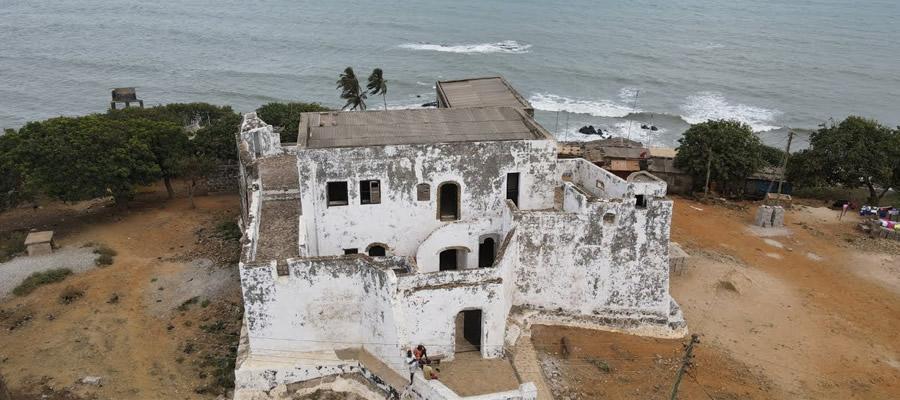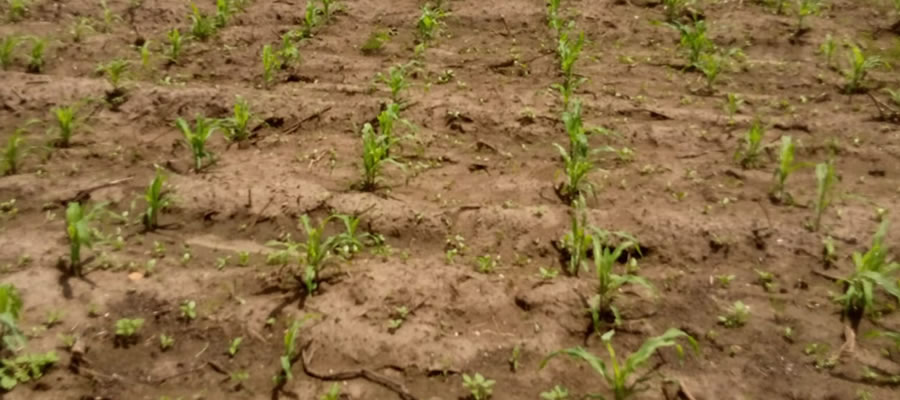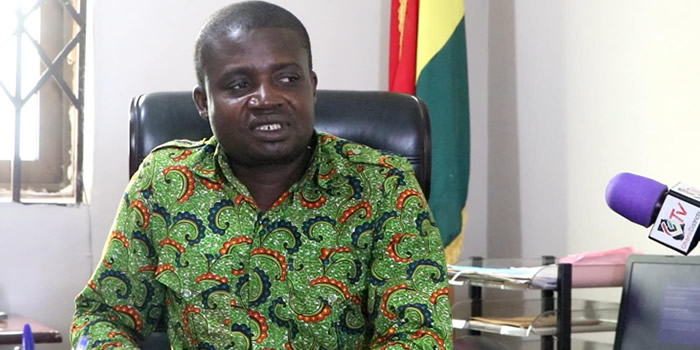

The government through its District Assemblies recognises constitutionally the right of every child to education especially because many universally accepted declarations and report confirm that a generally low level literacy rate, will subscribe underdevelopment eventually. In view of this, efforts are underway by agencies/organizations like World Bank-BESIP, ADRA, Plan GH, PRONET, JICA, USAID, EU, DANIDA and Ibis-Ghana in collaboration with the DA to address low literacy levels in the district.
In this plan document four (4) priority intervention areas are earmarked to address the challenges of education in the district. These are:
1.School Information Improvement
2.Teacher development, deployment and supervision
3.Reforms Management
4.Special partnership programmes with non-state actors.
From the statistics available Gomoa district currently have enrolled over 66, 041 pupils and students. The general increase in enrolment in response to free Compulsory Universal Basic Education has been tremendous. Reasons for the increase in enrolment of school going age pupils (2005/2006) in our schools could be based on the following interventions.
1.Improvement in infrastructure like public school buildings and furniture, through DFID, USAID and EU.
2.Improvement in water and sanitation facilities in public schools, through CWSA.
3.The introduction of the capitation grant.
4.Provision of basic school needs to pupils in fishing communities by AYA, International Needs (GH), UMCEF, the District Assembly and Philanthropists.
School Infrastructure
Basic school infrastructure in the district is predominantly public. The provisions of these facilities have been supported by NGOs, MBBS and the District Assembly, since 1995. Presently, our district has 449 schools. Most of these schools are primary and closely matched with JSS. In spite of the seemingly good picture, the district continues to be bedevilled with a lot of dilapidated school buildings. Between the 2003/2004 and 2005/2006 academic year, public school infrastructural changes have been insignificant. The growth has been especially slower for Early Childhood Development infrastructure where private sector participation has been increasing steadily. Refer to map on the distribution of educational facilities in the district.
A closer look at table 1.7 in pdf file below, reveals that in the percentage Growth by Type columns, growth in basic schools enrolment was ahead of infrastructure, at least 22 identified school communities, are yet to be supported with 50 school buildings by 2008/2009. Within the existing 2km network of schools, nearly all school communities have schools or are covered for improved access and participation, except early childhood development centres. They are mainly found in churches or in private property with little or no furniture.
The distribution of teachers in the public basic system in the district over the period under review is illustrated by the table 1.8 below. The table shows three levels of the educational system. The share of teachers between the levels has been consistent. The total number of pre¬school teachers has consistently reduced from 1998-2003/4. The "pupil-teacher ratio" for 2003/4 was also too high for pre-schools by national standards and the policy guidelines of operation. It improved in 2004/5 to 25.1 but has currently worsened. In 2005/06 the ratio was 36:1. At the primary school level, the "pupil-teacher ratio" have also been fluctuating seriously across the reporting period.
From other collaborating sources (EMIS, Annual District Performance Report) percentages of trained teachers to Pupil Teachers have also fluctuated seriously. It rose significantly from 35%> in 2003/2004 to 52% in 2004/2005 and has only recently fallen below the 50%> percent level to 48%>. Between the reporting periods, percentages of females have remained low between 35 and 37%. By March 31st 2006, 62% of trained teachers in JSS were males while 38% were females. Additional statistics further indicate that, whereas 50% or so were trained teachers in 2005/2006, only 30% were female professionals. The rush for higher education which affected teacher attrition has slowed with improved and increased access to the University of Education, Winneba.
The percentage of trained teachers has generally decreased from 1998-2005/6. It was insignificant for 2003-2005, but fell slightly to 63% in 2005/6. Little significant difference has been recorded between and within the years for private and public school pupil: teacher distribution over the decade. In spite of the balance and sustainable level of "pupil-teacher ratio", performances at the BECE have been on the contrary with remarkable improvement in 2005 over 2004. The BECE results from 1998-2005 is presented below in table 1.9 in pdf file.
The increase in the number of enrolment and improvement in school facilities across the period of observation does not reflect in the pupils’ performance in the BECE. For example, the passing rate fell from 58%) in 1999 to 22% in 2002. An all time low performance from which most parents have not fully recovered up to date. Presently, teachers are being blamed for continued poor performance based on collaborated absenteeism of both pupil and teachers, including inadequate logistics supply and unavailability of frontline stakeholders for effective supervision of schools.
Management efficiency
The following management instruments have been very useful in the proposed reform currently being pursued. They include a DEOC, an Education sub-committee at the District Assembly, CPC, Circuit supervisors, SMC/PTAs for a proper accounting of our resources. Capacity building workshops have been the way forward towards improving the skills of Head Teacher and his/her team. SPIPs have become the negotiating tool for successful delivery of existing financial policy frame work in the service. Regular workshops for the directorate, teaching staff and other regulatory bodies must be maintained and supported through the capitation grant as well.
Through these means: teacher sponsorship, National Youth Employment Programme Training of Teacher trainers and trainees, and regular interaction at the sub district levels and decentralized levels have produced an innovative balance in the "service-school-community" relations. The creation of a new circuit in Nyanyano is long due. Encroachment on and use of school lands and properties over the last ten years has been increasing and disturbing as far as upgrading, improving and maintaining facilities are concerned through SPIP.
Special Partnership Programmes for Non State Actors
The role of partners in the enhancement of our educational system in the last 10 years has been tremendous to say the least. As previously mentioned above, the existing gap in the provision and sustenance of the basic school system is wide and cannot be managed by the District Assemblies and government alone before 2015. Among the challenges than non state partners have continued to intervene in the new millennium have been:
School Improvement (2000-2005)
•Expanded and intensified community sensitization programmes, both for improved community school in girl-child education and child labour in fishing communities
•Support to school water and sanitation programme.
•Provision of adequate and suitable school infrastructure, school uniform, bicycles -wheel chairs, furniture and accommodation.
Teacher Development, Deployment and Supervision (2000-2005)
•Improved partnership in learning through, workshops in the preparation of comprehensive lesson plans and teaching learning materials especially in English, Maths and Science
•Improved partnership in learning through, workshops in Teaching Methodology especially in English, Mathematics and Science
Management and Efficiency (2000-2005)
•Capacity Building for DEO staff, Head Teachers, Masters and Mistresses, School Management Committee Executives on Improved and Administration. The nature and scope of topics include HIV/AIDS, Malaria, Water and Sanitation Practices and School Performance Improvement Plans of Action. Others are Information and Communication Technology and Education on Adolescent Reproductive Health Services for Empowerment and Gender Equity.
Outstanding Challenges
A critical area of management support that continues to inhibit the performance of schools remains the facilitation of performance monitoring and evaluation of pupils and students assessment. The continued absence of suitable printing equipment (e.g.) Risographs and accessories is challenging and a relevant opportunity for partnership. The intensification and expansion of Teacher Development, Rationalization of staff and Deployment and Supervision as captured above is worth pursuing for all teachers and subject areas.
Acceleration of a Programme of Action to facilitate the provision of suitable accommodation for Teachers through GNAT has a great potential for retention of quality teachers in the district. Expanding and building the DEO’s capacity in ICT for Accounts, Audit, Logistics and the Registry should be expedited. Upgrading and expansion of Basic school facilities in selected circuits could reduce the impact of the pupil teacher ratios in the district.
Date Created : 11/20/2017 7:33:36 AM











 facebook
facebook
 twitter
twitter
 Youtube
Youtube
 +233 593 831 280
+233 593 831 280 0800 430 430
0800 430 430 GPS: GE-231-4383
GPS: GE-231-4383 info@ghanadistricts.com
info@ghanadistricts.com Box GP1044, Accra, Ghana
Box GP1044, Accra, Ghana